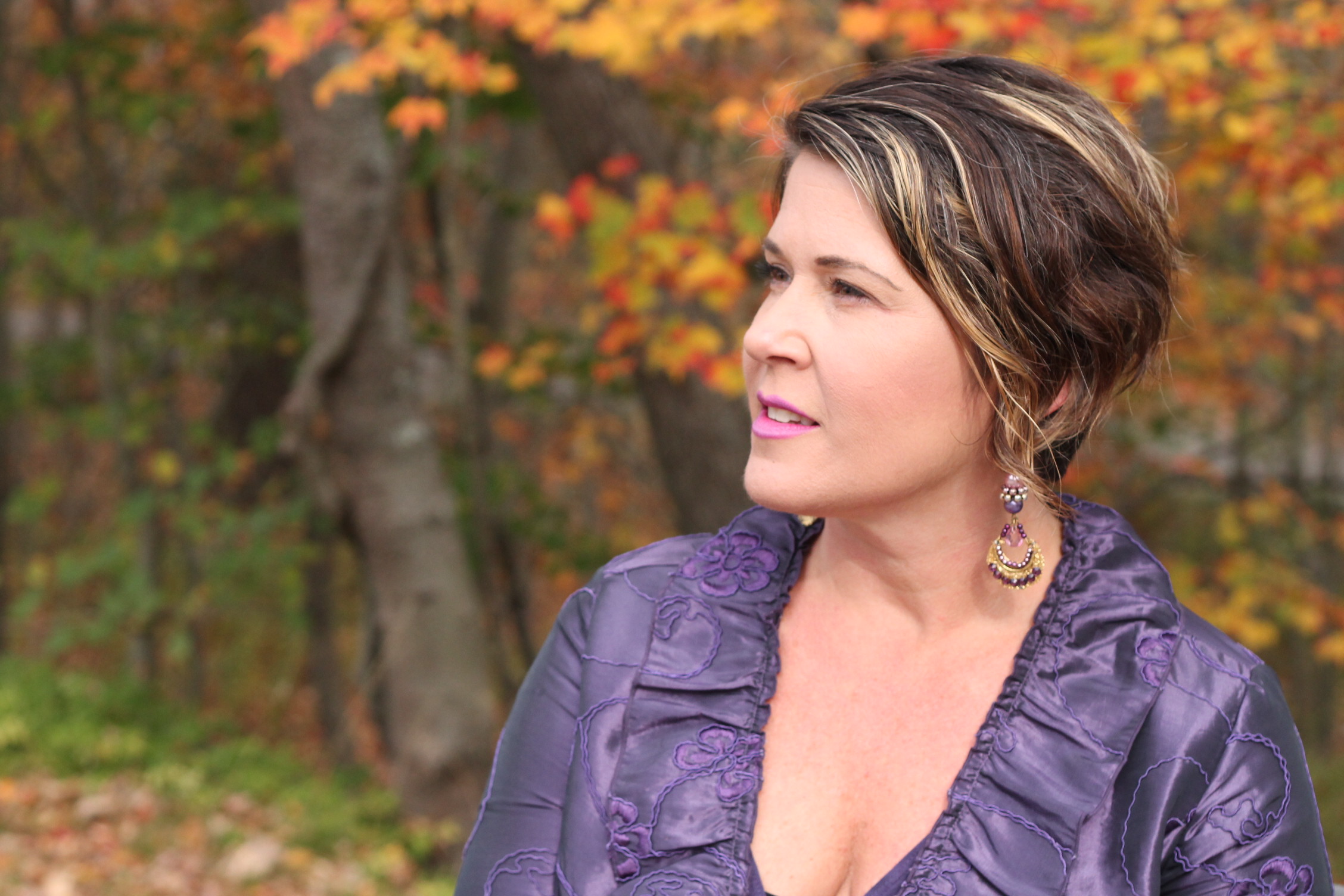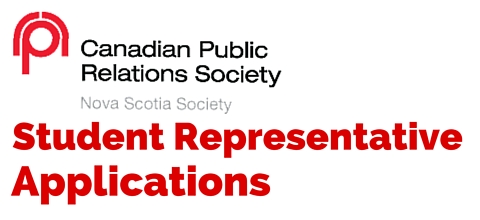Last month we put out a call for students to submit questions for the Communications Department. We received several of the questions from multiple students. DeNel Rehberg Sedo and other full-time staff have responded to the questions in the second part of our collaboration. Next semester we hope to continue the discussion between students and staff with this series.
1. How and how often is the public relations/communications curriculum updated in order to reflect and respond to changes in the workplace?
The curriculum, meaning all program courses, is in continuous review and is an item on our department meeting agendas.
We produce a Department Curriculum Guideline that is updated every two to three years, which outlines course objectives, suggested content and evaluation methods, and relevant industry knowledge and scholarship. Both full- and part-time faculty members use this guide. When updating the guide, one faculty member is responsible for the contents and two others are reviewers and can add information or make suggestions for changes based on their knowledge of current scholarship and industry knowledge. The workplace is not the only or (perhaps) even the predominant consideration of curriculum change.
Important to note here is the fact that we see a difference between curriculum and course content and delivery. Curriculum is the big picture: each course prepares students for the next course and the next, and so on with the goal that you leave with what we believe are the thinking and pragmatic skills you’ll need to succeed as an active global citizen and professional communicator. Course content and delivery, on the other hand, together comprise the individual parts of curriculum. Individual faculty members engage with the contemporary workplace and societal changes to keep the content up-to-date.
Because the BPR is a university degree, not a training program, we work to ensure you will be well-rounded and grounded thinkers and workers.
This is a good time, perhaps, for me to ask you to participate in our student survey, which can be found here: http://ht.ly/F8Y0t. This is an opportunity for you to voice your opinion on anything I’m writing.
2. How much interaction (if any) does PR faculty have with the co-op office and vice versa?
There is almost daily interaction between members of Co-operative Education and full-time faculty members. This is particularly true for the BPR, BA and BSC Science Comm program co-ordinators (DeNel Rehberg Sedo, Amy Thurlow, and Tracy Moniz, respectively) and Co-op staff. In addition, full- or part-time faculty are employed as learning facilitators during the Co-op experience, and both Scott and Lisa attend department meetings, planning sessions and other events. Sometimes, we work together on special projects, such as recruitment of new employers. Dr. Moniz, for example, went out with a member of the Co-op team to a community organization interested in getting involved with Science Communication. Co-op came along to determine if there were possible co-op or internship opportunities.
Co-op staff are considered a part of our team.
I’m interested in knowing why you ask this question.
3. What’s the criteria/process for hiring part-time faculty?
At minimum, part-time faculty have to have a relevant graduate degree; a PhD is preferred. We give priority to people who have teaching experience and knowledge of communication pedagogy. We look for a good combination of education and relevant-to-the-course experience.
The openings are posted on the MSVU webpage and sent to relevant networks. On the deadline date, the Department Chair evaluates the applications and interviews appropriate candidates if they are new to MSVU. There are union conditions (i.e. precedence) that must be adhered to in this process, which means that if a part-time faculty member has passed review multiple times and has taught consistently, he or she is given precedence over other candidates. The most suitable candidate is then offered the position.
4. Does the faculty read students’ reviews of professors? Are concerns expressed by students in the reviews ever addressed with professors?
Yes, and yes! Individual faculty members read their own reviews and the Department Chair reads all part-time faculty reviews. The latter becomes part of the part-time faculty review that the Chair submits to the Dean. I encourage everyone to use these reviews as a way to tell professors what works for your learning and to constructively suggest ways to improve the learning experience of your peers.
5. Why there isn’t more emphasis being placed on recruiting Canadian students outside of Atlantic Canada? Why are there more international students than Canadian students from outside Atlantic Canada?
I cannot speak for our Recruitment Office, but I do know that they do indeed do make recruitment efforts across all of Canada. There are many public relations and communications programs across the country, so I suspect your peers are staying closer to home to study.
Whether outside of Canada or outside of Atlantic Canada, I think we should all try to encourage new students to consider our programs. We live in a diverse world and we need to experience different perspectives. We should welcome anyone who makes the move to Halifax, and especially into our programs.





